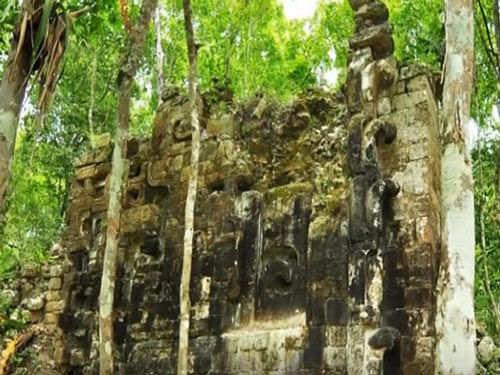
A 15-year-old Canadian boy has discovered a lost ancient city in the middle of the jungle in Mexico, claimed to be one of the five largest Mayan cities ever found.
William Gadoury, from Quebec in Canada, who was interested in Mayan civilisation for years, compared Google Maps and satellite images from the Canadian Space Agency (CSA) and pinpointed the hidden civilization, which had a 86m high pyramid and 30 buildings in the middle of the jungle.
The Mayan civilisation, which dominated Central America from 1800BC to 900AD, situated their cities according to star constellations.
Gadoury noticed that the cities lined up just right with 22 constellations — no scientist has every made this link before. He checked a 23rd constellation using that was near the Yucatan jungle in Mexico, and discovered a lost, hidden Mayan city underneath the stars, CBC news reported.
"Geometric shapes, such as squares or rectangles, appeared on these images, forms that can hardly be attributed to natural phenomena," said Armand LaRocque, the remote sensing specialist at the University of New Brunswick.
The settlement would be one of the five largest Mayan cities ever discovered, he said.
Gadoury has named the newly discovered Mayan metropolis K'aak Chi, or Mouth of Fire. He started researching the Mayans after reading about their 2012 apocalypse prediction.
He hopes to take a trip to the Mayan city he uncovered.
"It would be the culmination of my three years of work and the dream of my life," said Gadoury.
"What makes William's project fascinating is the depth of his research. Linking the positions of stars to the location of a lost city along with the use of satellite images on a tiny territory to identify the remains buried under dense vegetation is quite exceptional," said CSA's Daniel De Lisle.
His findings will be published and presented at Brazil's International Science fair in 2017.